IP growth needs controls
Vietnamese policy makers have warned that massive development of industrial parks across the country will threaten sustainable development of the country’s economy if detailed master plans are not drawn up.
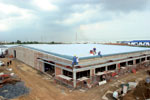 Without master planning, wildfire growth of industrial parks across the country is undermining civil planning and livelihoods |
According to a government report released during last week’s session of the Standing Committee of the National Assembly, there are more than 115 industrial parks (IPs) and export processing zones (EPZs) licensed by the Prime Minister spread over a total area of more than 26,500 hectares. Only 50 per cent of this total has already been occupied.
Along with the IPs and EPZs, there are more than 200 industrial complexes and other production - trading hubs licensed by provincial and city People’s Committees covering a total area of more than 13,900 hectares and 10,000 hectares respectively.
However, Minister of Resources and Environment Mai Ai Truc admitted that the “planning strategy for IPZs and EPZs lack comprehensive consideration on development planning of urban and residential areas, technical and social infrastructure and environment preservation activities”. “This leads to the unsustainability in development,” he added.
By the end of 2005, these IPs and EPZs have been a focus for 4,516 projects with a total registered investment capital of $17.6 billion and VND103,000bn and have attracted more than 740,000 employees and created work for hundreds of thousands in associated industries. However, the mass development of IPs and EPZs has also raised many burning issues that need to be dealt with.
According to Truc, some localities have used agricultural land or residential areas with good infrastructure to build up IPs and EPZs instead of using non-developed land and investing in infrastructure development. In many cases agricultural land is used for zones even though there is a lack of land for farming. Following the re-zoning the land may remain unoccupied for a number of years.
Prior to 1998 Vietnam had established 12 IPs and EPZs (about 2,000ha) but the occupation rate has yet to reach 50 per cent, meaning that a lot of land is lying fallow.
“Households that have to relocate due to land being occupied for IPs and EPZs are not compensated satisfactorily in terms of life conditions, jobs and relocation. This is one of many reasons for numerous complaints regarding the relocation process,” Truc said.
Agreeing with that frank judgment, Nguyen Duc Kien, chairman of the NA’s Economic and Budget Committee suggested that “the government should examine and evaluate the factors comprehensively, especially the comparative advantages to complete the overall plan of IPs and EPZs’ development in the 2006-2010 phase to 2020”.
Kien also said that the development of IPs and EPZs should be in close accordance with the approved plan and the regional technical infrastructure plan, adding that production planning should be harmonious with urban, residential and social infrastructure development planning serving the sustainability of development.
Kien called for a public master plan and land-use plan for each IP and EPZ to provide sufficient information for the people, especially those who own land located in the zoning area. This, hopefully, will help solve social issues and reduce any conflicts, or complaints from residents. Moreover, it is also essential to speed up compensation to free the land for IP and EPZ construction when investment is attracted.
The land withdrawal for IP and EPZ construction should be tied to the demands of resettling, creating stable jobs for the people.
“Resettlement should be considered the prerequisite factor when a plan on IP and EPZ is approved,” Kien said.
No. 760/May 8-14, 2006
What the stars mean:
★ Poor ★ ★ Promising ★★★ Good ★★★★ Very good ★★★★★ Exceptional
 Tag:
Tag:
Related Contents
Latest News
More News
- Hanoi’s latest Grade A commercial project soon ready for handover (April 19, 2024 | 11:39)
- Nam Long Group gears up to capture market (April 19, 2024 | 10:57)
- Rapid law implementation may propel market fortunes (April 17, 2024 | 08:43)
- Nation urged to build on eco-IP model (April 16, 2024 | 10:22)
- Domestic steel demand expected to rebound amid warming real estate market (April 12, 2024 | 10:31)
- Implementation of new land laws must benefit investors (April 10, 2024 | 09:17)
- Apartment hikes hint at speculation return (April 09, 2024 | 10:14)
- Infrastructure focus sets stage for real estate bonanza (April 03, 2024 | 10:14)
- Nam Long Group maintains top ten position in real estate investment ranking (April 03, 2024 | 08:00)
- Hospitality and real estate sectors strive for sustainable growth (March 29, 2024 | 16:12)



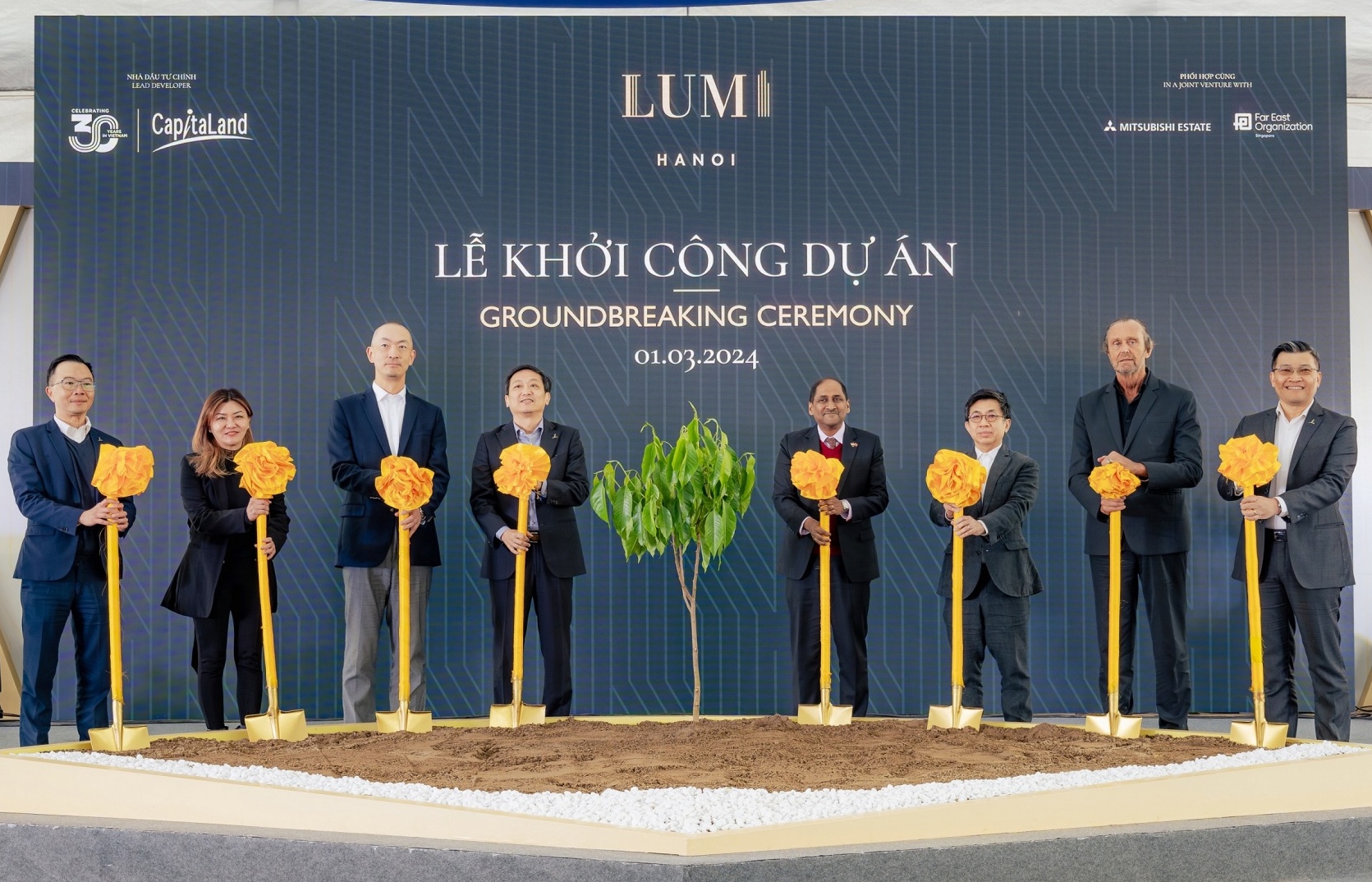




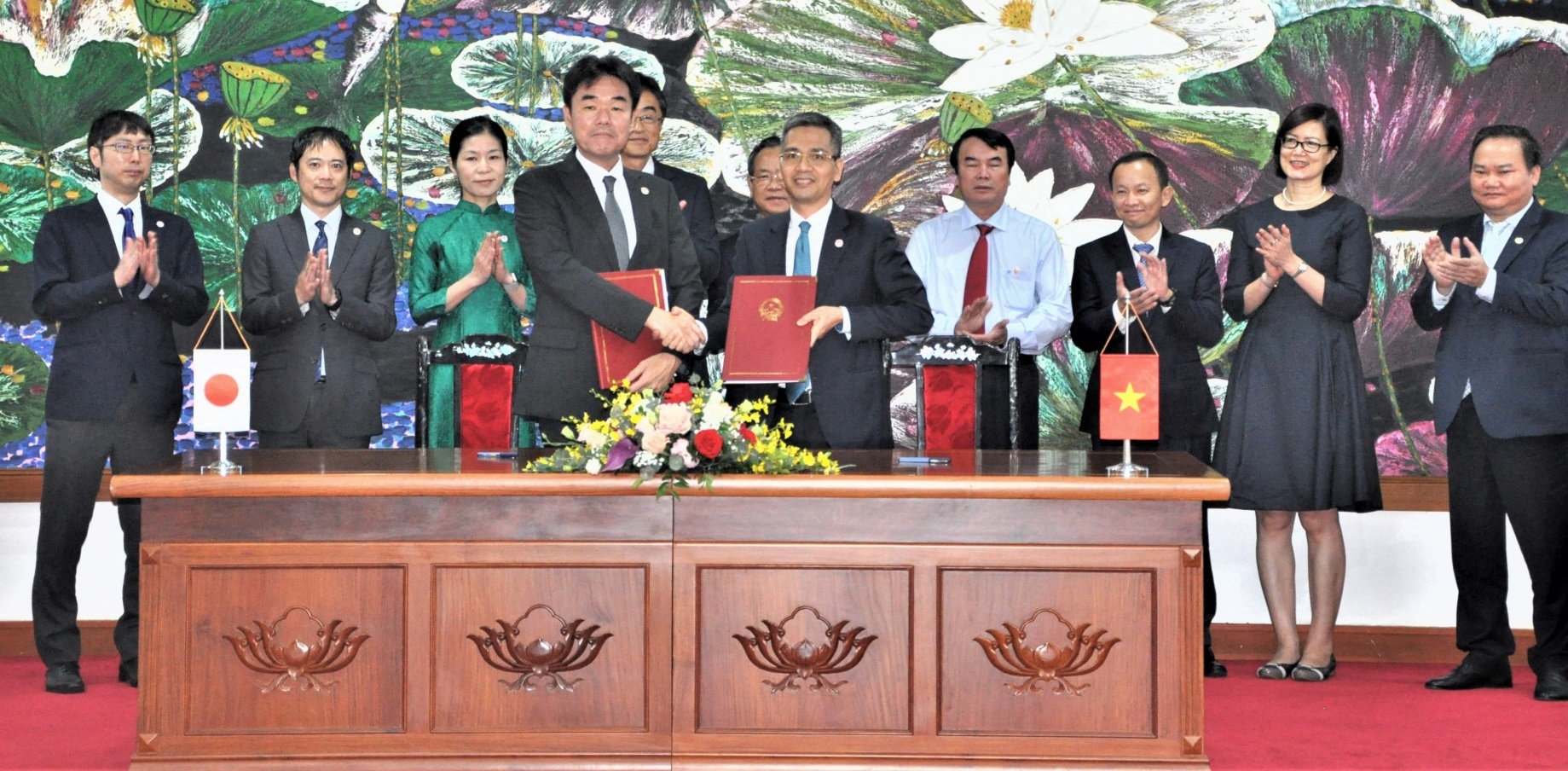
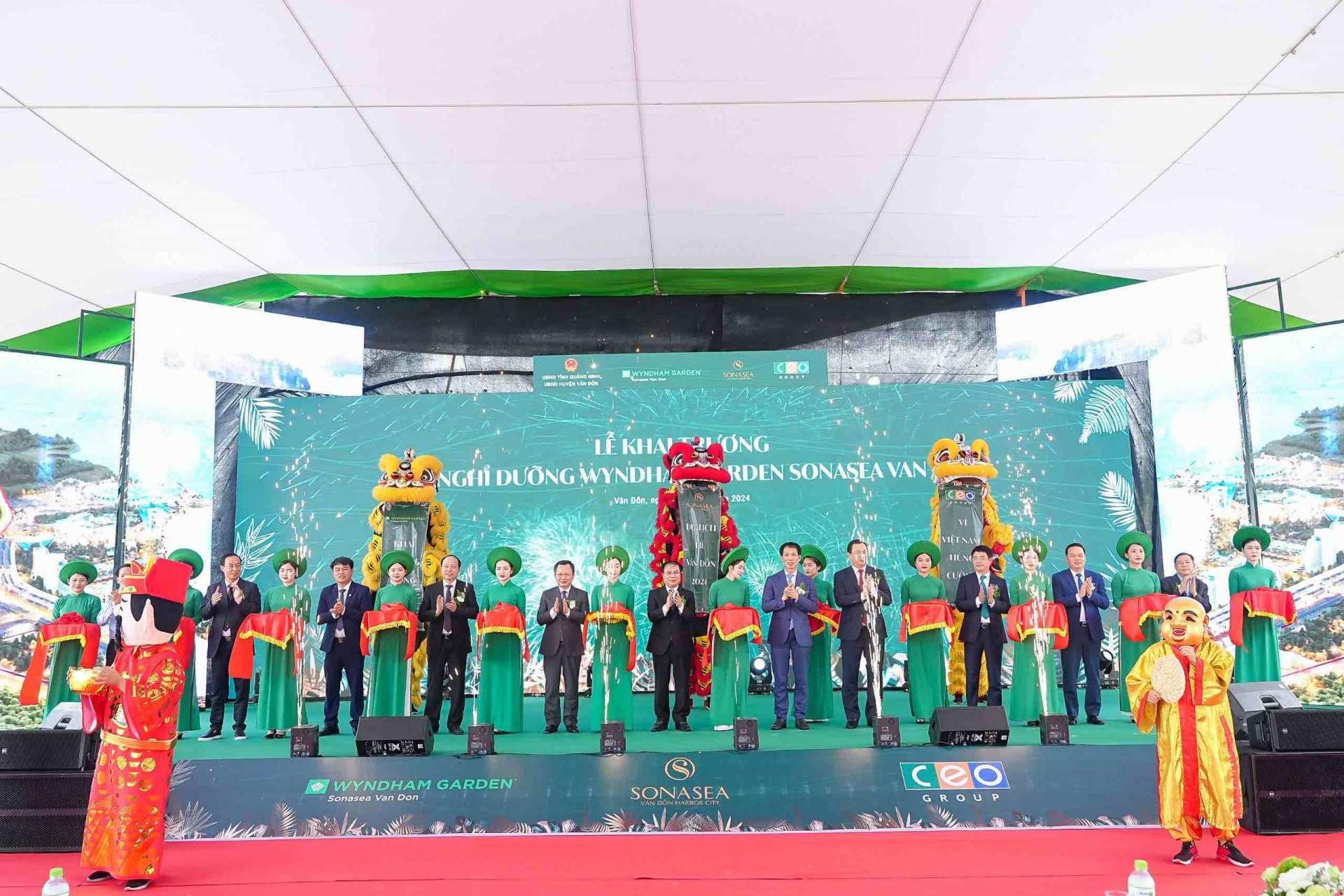
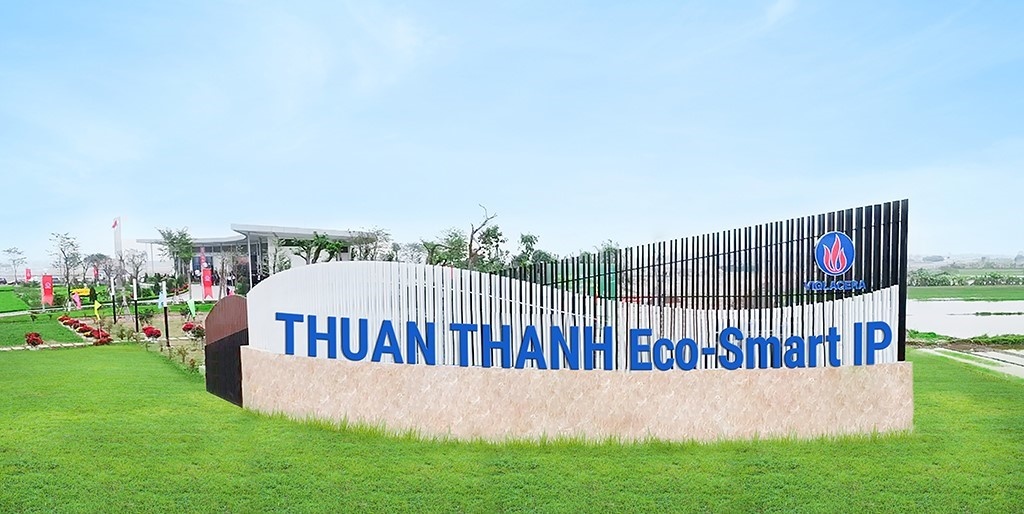
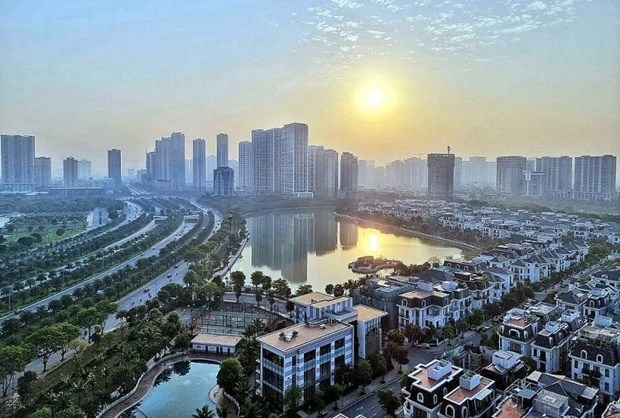
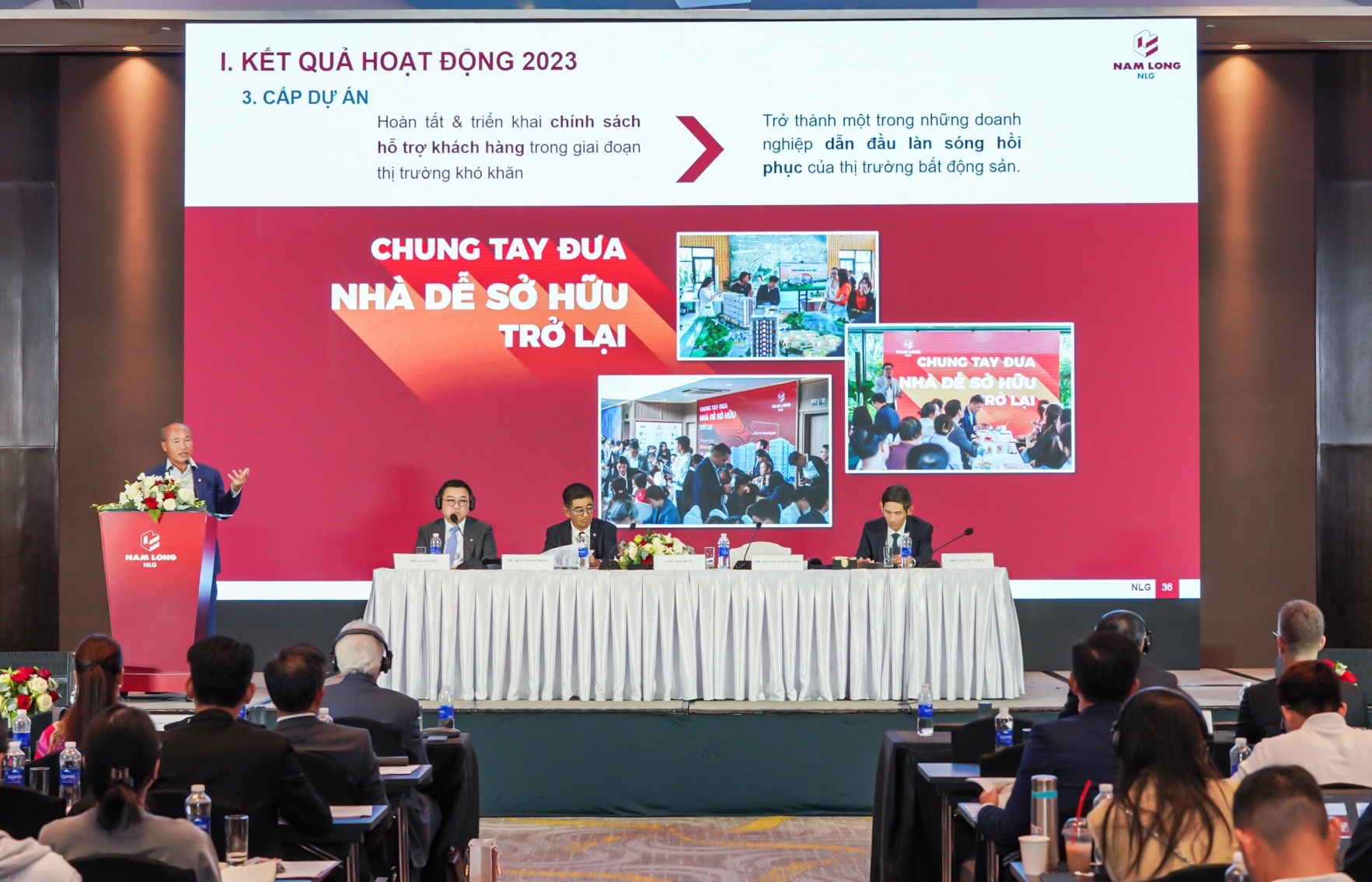
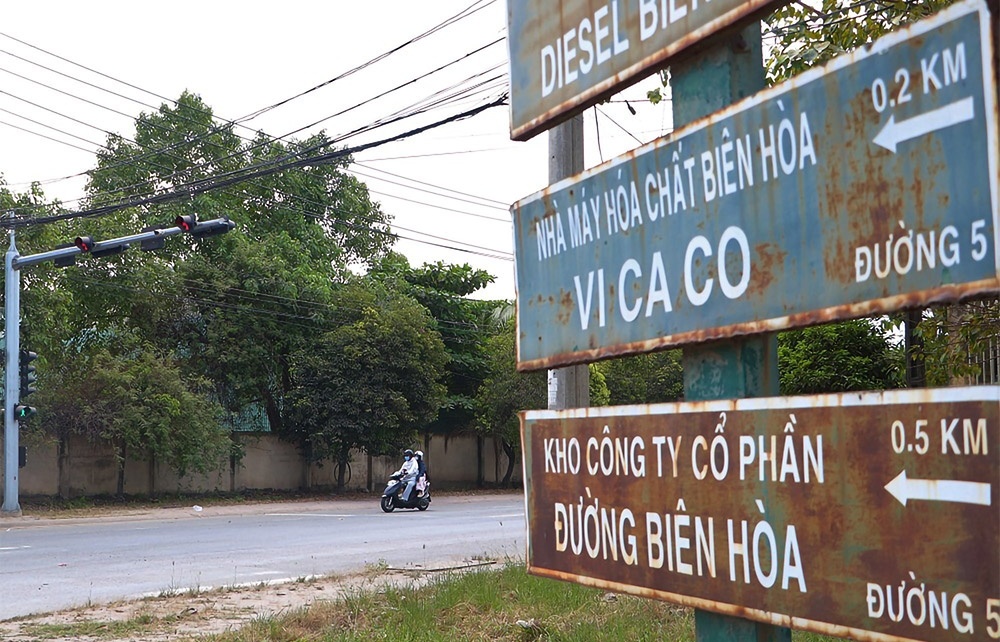
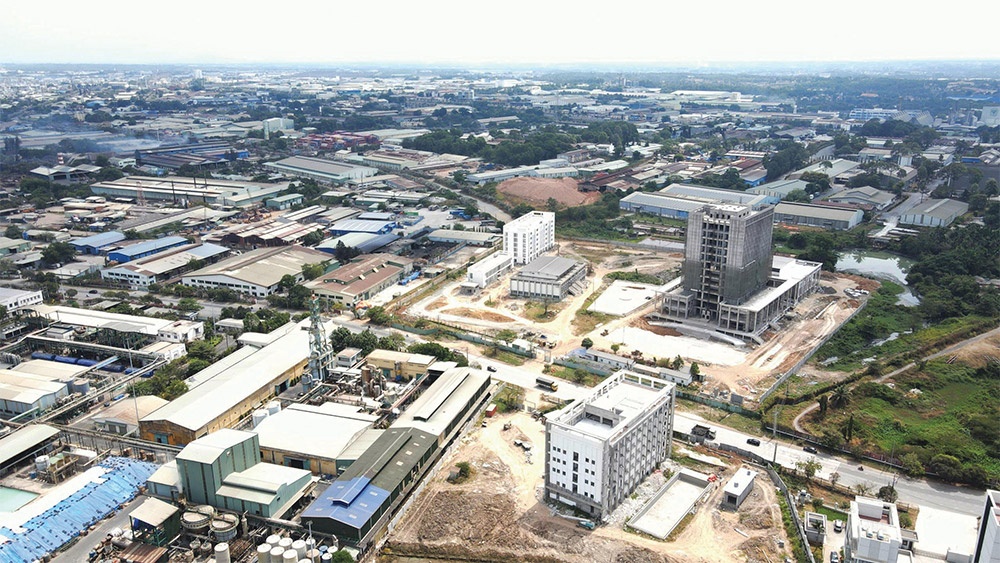







 Mobile Version
Mobile Version